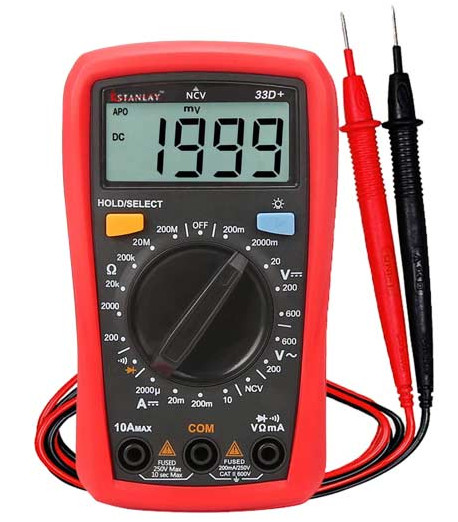- 8777701917
- info@saikatinfotech.com
- Basirhat W.B
Fire alarm technicians rely on various tools and tackles to properly install, maintain, and troubleshoot fire alarm systems. Below is a list of tools and equipment commonly used by fire alarm technicians:
These tools and tackles are essential for fire alarm technicians to install, maintain, and ensure that fire alarm systems are functioning as designed, providing safety for people and property.
